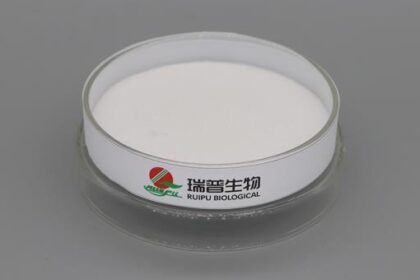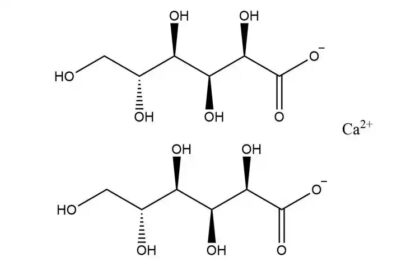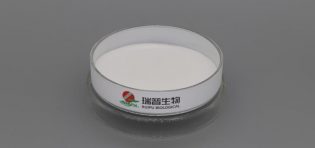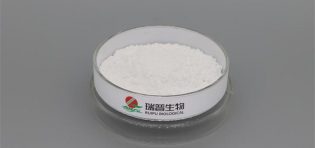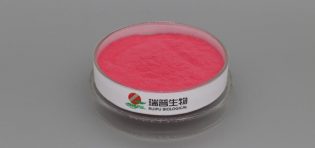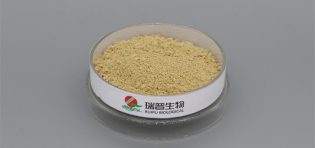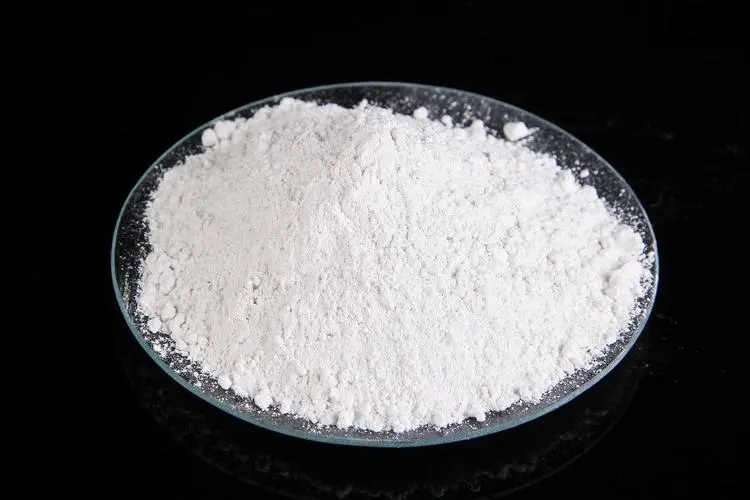
The impact of storage temperature on the quality of vitamin premixes is significant, primarily reflected in the following aspects:
I. The Impact of Temperature on Vitamin Stability
1. High Temperature Accelerates Vitamin Loss:
·Vitamins have low melting points and are easily affected by high temperatures. High temperatures not only provide energy for redox reactions but also accelerate the oxidative denaturation of vitamins. Studies have shown that when the temperature exceeds 30°C, most vitamins are significantly degraded. For example, the average monthly loss rates for vitamins A, E, K3, and B1 under high-temperature conditions are as high as 9.5%, 17%, 15%, and 30%, respectively, while the average monthly loss rates for other vitamins range from 1% to 7.5%.
2. Vitamin Retention Rates Under Different Temperature Conditions:
·Vitamin retention rates are higher in low-temperature, low-humidity conditions. For instance, the retention rate of vitamin A after 3 months of storage under low-temperature, low-humidity conditions is 88%, compared to only 2% under high-temperature, high-humidity conditions. Similarly, the retention rate of vitamin A in pelleted feed is 65% in a low-temperature environment, but only 20% in a high-temperature environment.
II. The Impact of High Temperature on Other Components of Vitamin Premixes
1. Promotion of Chemical Reactions:
·High temperatures can cause sulfates in premixes to lose some of their crystallization water, increasing the moisture content of the premix and accelerating the oxidative decomposition of vitamins. High temperatures also exacerbate chemical reactions between trace elements and vitamins in the premix, further compromising vitamin stability.
2.Impact on Carrier Performance:
·Some carriers may become unstable at high temperatures, affecting their protective function for vitamins. For example, bran, an organic carrier with high fat content, is prone to oxidative rancidity at high temperatures, which can subsequently affect vitamin quality.
III. Storage Recommendations
1. Low-Temperature Storage:
·Vitamin premixes should be stored under low-temperature conditions whenever possible to avoid high temperatures. It is recommended that the storage temperature not exceed 20°C and be kept below 10°C if possible.
2. Humidity Control:
·Keep the storage environment dry, with relative humidity controlled between 55% and 68%. Use sealed packaging to prevent moisture ingress.
3. Light Protection:
·Certain vitamins are sensitive to light, so storage should be in a light-protected environment, avoiding direct sunlight.
4. Regular Inspections:
·Regularly check whether the storage conditions of vitamin premixes meet the standards and monitor for any changes in appearance, odor, etc. If any abnormalities are detected, they should be addressed promptly.
Storage temperature is one of the key factors affecting the quality of vitamin premixes. To maintain the stability and effectiveness of vitamins, it is crucial to strictly control the storage temperature and take other necessary storage measures.



